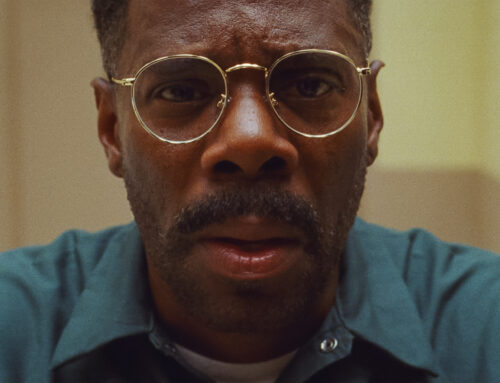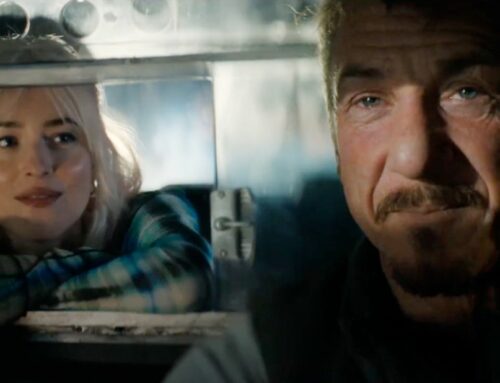YOU ARE CORDIALLY INVITED TO ATTEND A FREE ADVANCE SCREENING OF UNITED ARTISTS RELEASE: “WOMEN TALKING”
Monday, January 2, 7:00PM, The Coolidge Corner Theater
RSVP HERE: http://uareleasingscreenings.com/WomenTalkingCoolidgeCorner
Release Date: Opens in Boston on 1/6/23
Synopsis: Do nothing. Stay and fight. Or leave. In 2010, the women of an isolated religious community grapple with reconciling a brutal reality with their faith.
Cast: Rooney Mara, Claire Foy, Jessie Buckley, Judith Ivey, Sheila McCarthy, with Ben Whishaw and Frances McDormand
Directed by: Sarah Polley
Screenplay by: Sarah Polley
Based upon the book by: Miriam Toews
Produced by: Dede Gardner, p.g.a., Jeremy Kleiner, p.g.a., Frances McDormand, p.g.a.
Executive Producers: Brad Pitt, Lyn Lucibello Brancatella, Emily Jade Foley
Genre: Drama
Running Time: 1h 44m
Rating: PG-13 for mature thematic content including sexual assault, bloody images, and some strong language
Site | Facebook | Instagram | Twitter
#WomenTalking
*** Statement from SARAH POLLEY, screenwriter and director ***
In Women Talking, a group of women, many of whom disagree on essential things, have a conversation to figure out how they might move forward together to build a better world for themselves and their children.
Though the backstory behind the events in Women Talking is violent, the film is not. We never see the violence that the women have experienced. We see only short glimpses of the aftermath. Instead, we watch a community of women come together as they must decide, in a very short space of time, what their collective response will be.
When I read Miriam Toews’ book, it sunk deep into me, raising questions and thoughts about the world I live in that I had never articulated. Questions about forgiveness, faith, systems of power, trauma, healing, culpability, community, and self-determination. It also left me bewilderingly hopeful.
I imagined this film in the realm of a fable. While the story in the film is specific to a small religious community, I felt that it needed a large canvas, an epic scope through which to reflect the enormity and universality of the questions raised in the film. To this end, it felt imperative that the visual language of the film breathe and expand. I wanted to feel in every frame the endless potential and possibility contained in a conversation about how to remake a broken world.






Leave A Comment
You must be logged in to post a comment.